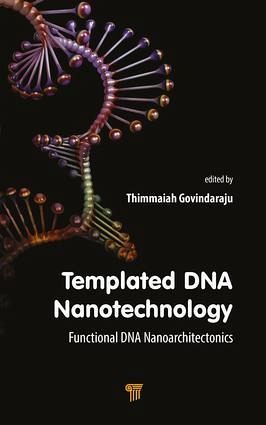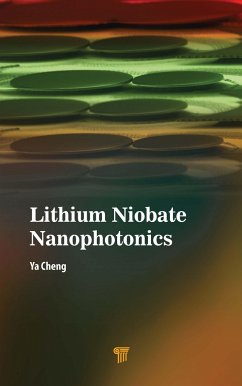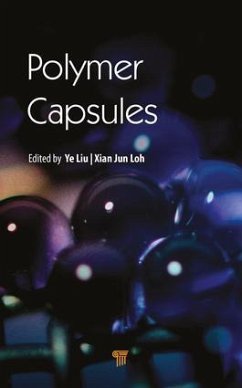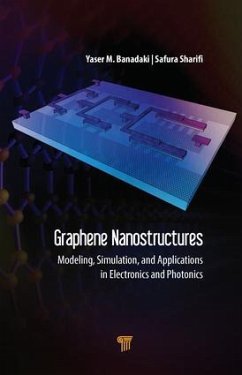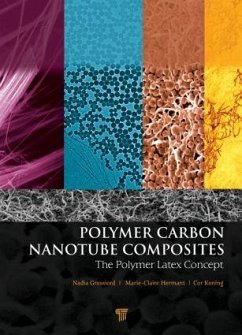Thimmaiah Govindaraju is professor at the Bioorganic Chemistry Laboratory, Jawaharlal Nehru Centre for Advanced Scientific Research, Bengaluru, India. He received his MSc in chemistry in 2000 from Bangalore University, India, and PhD in chemistry in 2005 from the National Chemical Laboratory and the University of Pune, India. From 2005 to 2006, he pursued his postdoctoral research at the University of Wisconsin-Madison, USA, and from 2006 to 2008 the Alexander von Humboldt fellowship at the Max Planck Institute of Molecular Physiology, Dortmund, Germany. Dr. Govindaraju has published more than 90 papers in peer-reviewed journals and several book chapters and holds more than 10 patents. Many of his laboratory inventions have been commercialized or licensed to develop bioimaging and point-of-care diagnostics. He is also cofounder of a start-up company, VNIR Biotechnologies Pvt. Ltd. He has received awards such as "India's Young Blood" by Chemical and Engineering News, ACS, USA, and the Sir C. V. Raman Young Scientist Award by the government of Karnataka (2014). He is also secretary of the Chemical Research Society of India (CRSI) and the Indian Peptide Society (IPS). His research interests are at the interface of chemistry, biology, and (bio)materials sciences and include Alzheimer's disease (disease amyloids), peptide chemistry, molecular probes, molecular architectonics,
